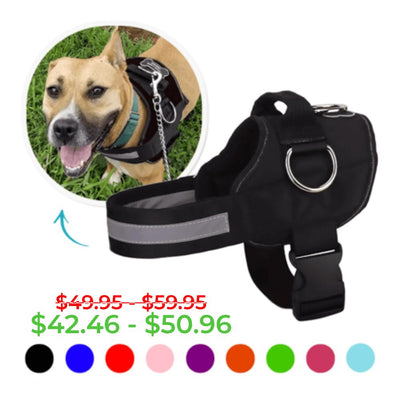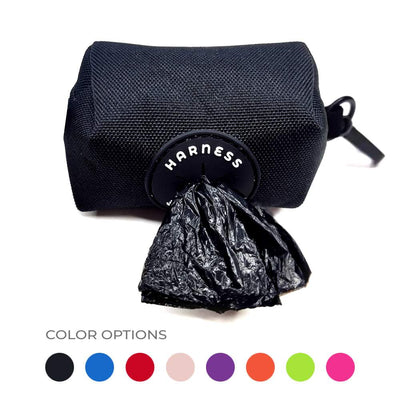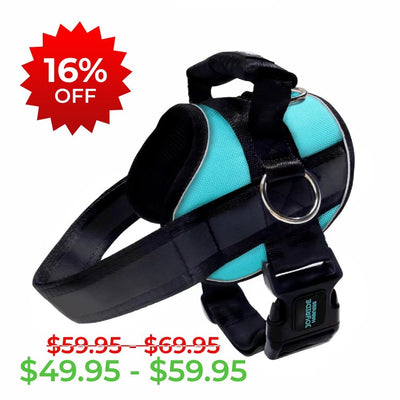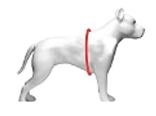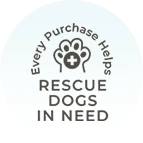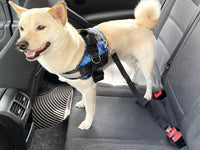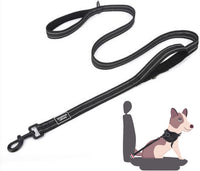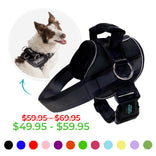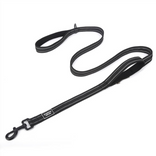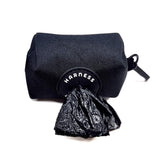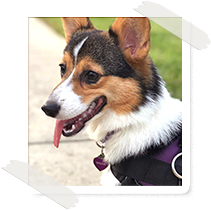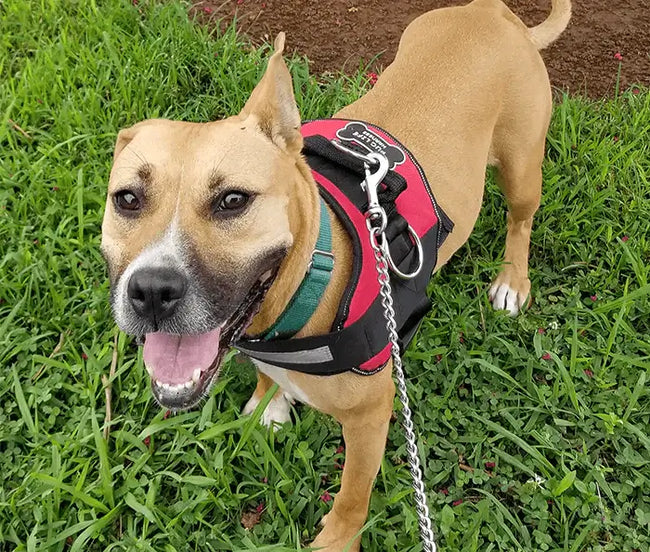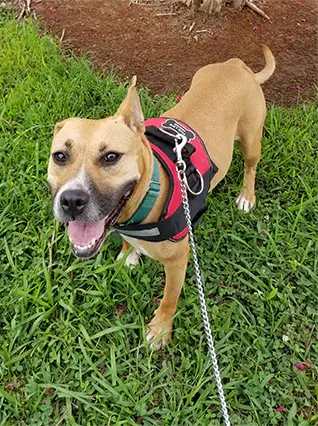My Dog Is Pregnant! What do I do?
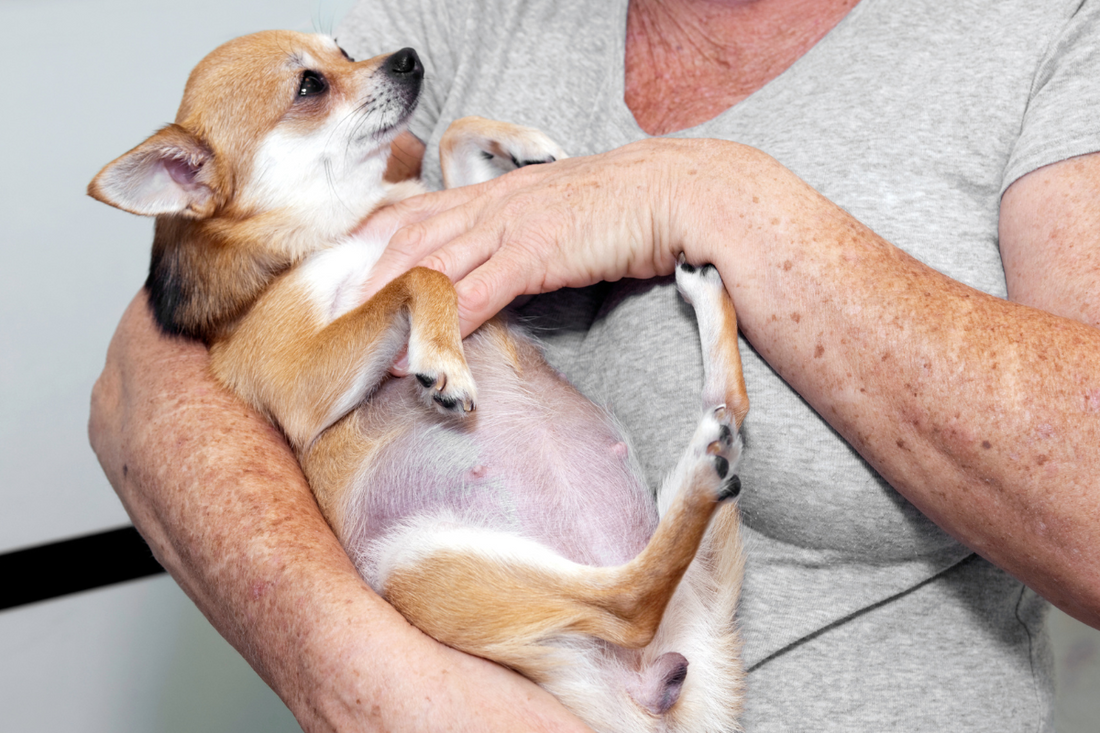
Are you expecting your fur babies soon? Then this blog post is for you.
But first, you have to know - Is Your Dog Pregnant?
Signs That Your Dog Is Pregnant
Early on, you might not see any obvious signs that your dog is pregnant. Some dogs might act more tired than usual, some might throw up, and others might not eat as much. You’ll likely notice your dog gaining weight and her belly area might start to swell as her pregnancy advances.
In the later stages, she might start to move blankets and pillows around to make a comfy spot, which is known as nesting behavior.
Keep in mind that swelling in the belly and changes in mammary glands can also happen in dogs that aren't pregnant due to normal changes in their hormones.
How To Confirm If Your Dog Is Pregnant

To find out if your dog is pregnant, you can use several methods:
- An ultrasound is recommended between the 25th and 28th day of pregnancy.
- Abdominal X-rays are effective after the 45th day.
- Blood tests are available to check for pregnancy, but they are generally not reliable.
- Some veterinarians can try to feel for puppies by palpating the dog's abdomen, but this method isn't always accurate and can potentially harm the developing puppies.
- It's best to discuss these options with your veterinarian to determine the most suitable method for your dog.
It's also worth noting that after a heat cycle, a non-pregnant female dog can exhibit signs similar to pregnancy, such as milk production and maternal behaviors. This is known as false pregnancy or pseudopregnancy, which is caused by hormonal changes and usually resolves on its own without much medical intervention.
If your dog shows signs of pseudopregnancy and isn't going to be bred, consider spaying her to prevent these symptoms in the future. Always consult with your vet if you notice any concerning symptoms, as they can occasionally lead to complications.
Preparing for Your Dog's Birth

Many dogs can give birth without assistance, but some breeds like English Bulldogs and French Bulldogs often require planned C-sections due to their short-nosed structure. It's crucial to work closely with your vet if your dog is one of these breeds.
For dogs that will give birth naturally, set up a quiet and cozy area for them as they near the end of pregnancy. This space should be warm, comfortable, and allow the mother to move freely in and out while keeping the puppies safe and contained.
It's important to keep the mother dog away from other dogs for three weeks before and after giving birth to protect against herpesvirus, which is harmless to adult dogs but can be fatal to puppies.
Monitor your pregnant dog's temperature regularly as her due date approaches. Her temperature will drop below 100 F within 24 hours before labor begins. Rectal temperatures provide the most accuracy.
Understanding Dog Labor and Birth Timing

Dog labor consists of three stages, with the first stage involving up to 12 hours of contractions. Puppies typically arrive 30–60 minutes apart, though there can be breaks of up to two hours between puppies. Here's a breakdown of what happens during each stage:
First Stage of Dog Labor: Beginning of Contractions
The first stage involves the cervix relaxing and intermittent contractions starting, which might not be visible. During this period, your dog may seem restless, frequently entering and leaving the nesting area, panting, digging, and possibly vomiting. She will likely not want to eat. This stage can last up to 12 hours.
Second Stage of Dog Labor: Delivery
This stage starts with stronger and more frequent contractions, leading to the delivery of a puppy. Puppies usually come every 30–60 minutes, and it's normal for some to be born tail-first. During delivery, if your dog struggles for over 30 minutes without success, takes a break longer than four hours, or shows signs of severe discomfort, it's important to call your vet.
Third Stage of Dog Labor: Passing the Afterbirth
The final stage involves the dog passing the placenta, which follows the birth of each puppy. The afterbirth, which is greenish-black and should not smell bad, should come out within 15 minutes of each puppy's arrival. Dogs will alternate between the second and third stages as each puppy is born.
This sequence repeats until all puppies are delivered. If all puppies haven't been born within 24 hours, it's critical to consult your vet.
Postpartum Care For Dogs

Now that your fur babies are out, it’s time to take care of Mama dog.
High-Calorie Diet
Keep your nursing dog on a high-calorie diet suitable for pregnant or nursing dogs. Ensure she has constant access to food and fresh water.
Create a Private Space
Maintain a clean, quiet area for the mother and her puppies, away from household traffic to prevent stress and ensure she doesn’t neglect her puppies. Provide her with a separate resting space where she can still easily access her puppies.
Monitor Nursing
Puppies need to nurse every one to two hours. Watch closely to ensure your dog is producing enough milk and allowing the puppies to feed. Consult your vet if there are issues with nursing.
Medication and Health
Avoid giving medications or vaccines while your dog is nursing unless your vet approves. If your dog appears sick, especially if she stops eating, vomits, or shows signs of infection like mammary gland redness and swelling, contact your vet immediately.
Spaying and Neutering
Consider spaying or neutering your dog. Spaying is essential to prevent unwanted pregnancies and can reduce health risks like mammary cancer and uterine infections.
Small breeds can be spayed as early as six months, while larger breeds may benefit from waiting until they are older to reduce joint issues. Always consult with your vet for recommendations tailored to your dog’s breed and health.
Disclaimer: Joyride Harness is not affiliated with medical professionals. Consult your veterinarian with any medical concerns.
This is just a sampling of informational roundups we offer at Joyride Harness. You can find more tips and tricks and how-to’s for caring for your dog on our blog at this section. Feel free to leave a comment with things you’re looking for!
Source: petMD


